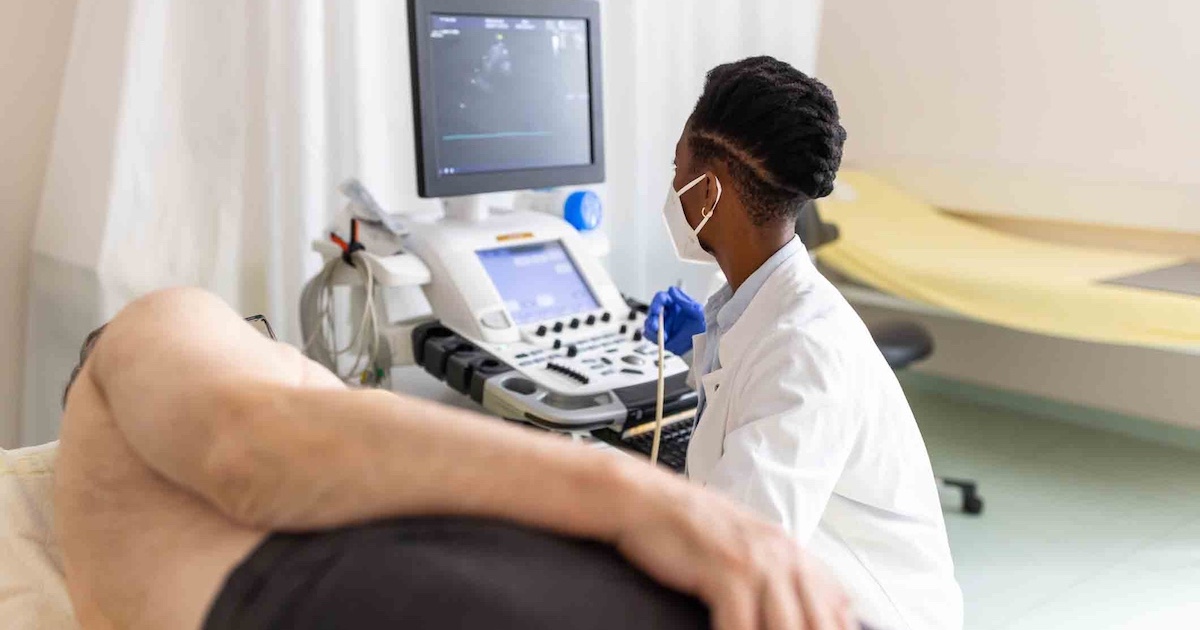mHealth devices and platforms connected to the Internet of Things could reduce the nation's healthcare bill by some $100 billion of the next four years.
FDA-regulated digital health solutions helped save $6 billion in 2014, primarily through improved medication adherence, positive behavior modifications and reduced ER visits, according to a report prepared by Accenture. The company expects those savings to increase to $10 billion by the end of this year and by $18 billion in 2016, $30 billion in 2017 and $50 billion in 2018.
“A digital disruption is playing out in healthcare, as witnessed by the emergence of new business models and technology that will change the nature of patient interactions, alter consumer expectations and ultimately improve health outcomes,” Rick Ratliff, the Chicago-based global management and consulting firm's managing director of digital health solutions, said in a prepared statement.
The report identified four key factors in the growth of digital medicine:
- Providers – driven in part by meaningful use mandates - and consumers are using more technology to access portals and integrate with electronic health records. One recent Accenture survey found that one in every four physicians routinely use telemonitoring for some aspect of chronic disease management.
- Consumers are increasingly managing their own healthcare. According to Accenture, the number of consumers owning a wearable fitness device will almost double by the end of this decade, from 22 percent now to 43 percent by 2020. Another survey found that 57 percent of Americans are already tracking their health concerns online, managing their medical history (37 percent), activity (34 percent) and symptoms (33 percent).
- Federal guidelines are clarifying what's a health and wellness device and what’s a medical device. The U.S. Food and Drug Administration has released guidelines for its regulation of mHealth devices, drawing the line between low-risk health products that don't require oversight and tools and software that need a guiding hand. Accenture officials say this will clarify the process for the industry and propel annual growth in the market by 30 percent through 2018.
- Reimbursement guidelines are improving. The shift to value-based healthcare means clinical and business strategies that incorporate digital health devices and platforms will see more reimbursement, according to Accenture, which estimates digital health funding to jump to $6.5 billion by 2018.
”The proliferation of Internet-connected solutions and evolving regulatory guidelines are blurring the lines between clinical and consumer health solutions,” Ratliff added. “As consumer health platforms support more ‘medical’ devices, rather than just today’s wellness trackers, they’ll create a viable self-care model in a segment that today is occupied by chronic-disease monitoring companies.”
See also:
Digital health funding continues to soar
mHealth's great untapped potential: Nurses
Top wireless device developments of 2015? Apple's at the top, of course


